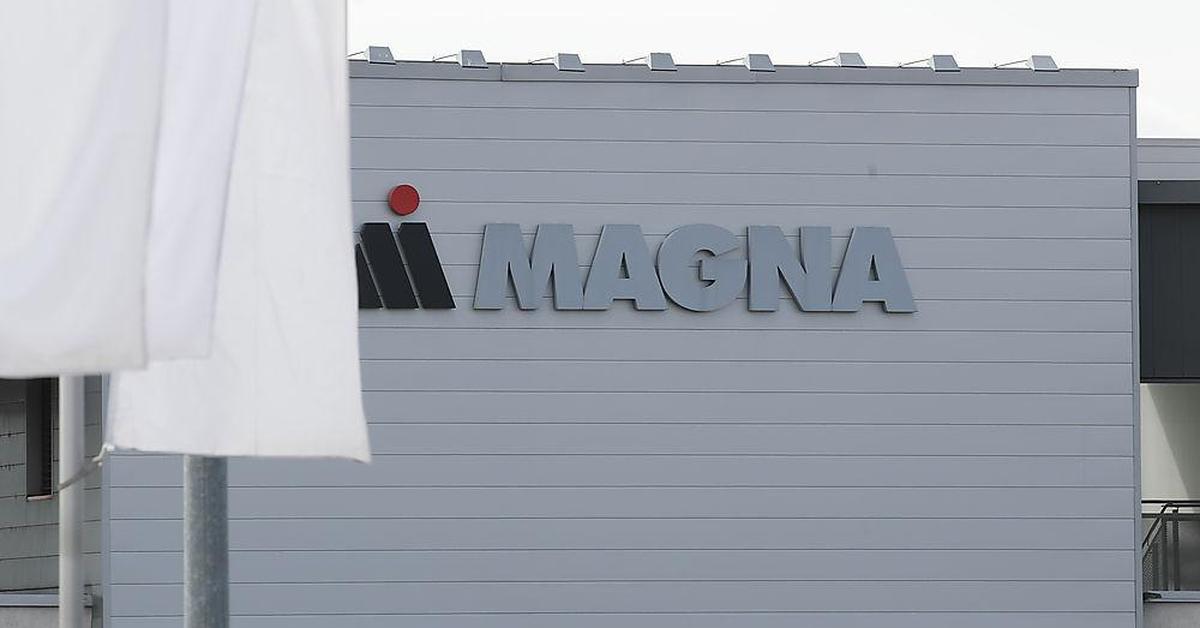“The internal combustion engine is a technology that is being phased out in favor of Austrian Post.”
How did it happen that the Post Office had come so far in transforming the drive? Because we started doing this in 2012. It was recognized early on that the electric drive brings very specific advantages, not only from a sustainability perspective, but also in terms of economic efficiency. In addition to lower consumption costs, lower maintenance costs and significantly longer service life also speak in favor of e-mobility. That’s why we made the decision in 2019 to fully switch to electric vehicles by 2030. Especially for deliveries, where you’re on the road at least five days a week and have to make up to 200 stops, relying on this workhorse has proven to be the right choice. For us, the combustion engine is a technology that is being phased out.
How has going electric changed your duties as a fleet manager? It now requires a much broader perspective. Whereas a decade ago the tasks were to buy a vehicle, add a fuel card and technically make ends meet for the duration until it finally sells, today it starts with purchasing the necessary charging infrastructure as well as the cars and connecting to the grid if possible. With your photovoltaic system. And then you also have to think about what you’re going to do with the batteries at the end of the car’s life cycle. The main goal is to start a second usage cycle before finally recycling the battery.
What does that look like in reality? Since manufacturers are still very cautious about recovering old batteries, we have started our own project with which sooner or later we will build several megawatts of stationary storage. Over the course of a year, we have between 50 and 100 total losses, but they still have a good as new battery. It’s all about exploiting valuable resources – and this is an important piece of the sustainable mobility puzzle.
What are your experiences so far when it comes to practical, everyday use of electric cars? Basically, the batteries last much longer than we expected. Basically, the volume of transportation is crucial to the post office. Scale is not the main issue for us. For this reason, we were able to start the transition in 2012 – at a time when electric cars did not yet offer long ranges. In urban areas, delivery drivers sometimes make daily trips as long as ten kilometers – but in a constant process of starting and stopping. We know exactly how the batteries in our cars work. The “health state”, i.e. the actual “health” of the cells, is actually recorded very precisely in telemetry. Practice shows that from a purely technical point of view, practically nothing breaks in everyday life with electric cars. The probability of damage to the body is several times higher.
What conclusions do you draw based on your past experiences when purchasing a new car? When purchasing, we check very carefully what size the drive battery should be. On average, delivery staff’s daily journeys are only about 50 km. Even with the winter surcharge that we have to take into account in our latitudes, a medium-sized battery with a capacity of about 70 kWh is quite sufficient.
What is important when reloading? If older vehicles can only charge in one stage and very slowly, we should be able to deal with that. The question is in which direction we want to develop: either we invest in batteries for larger vehicles and save on expanding charging infrastructure because we only have to charge cars every two days. Or we use smaller batteries and charge them every day. In this regard, several aspects should be taken into account. On the other hand, people used to buy combustion engines with a range of more than 500 km without thinking about it, which was not necessary at all. That’s why new technology suits us better.
How is the Post Office performing in terms of urban micromobility? We are currently changing dramatically in this direction. On the one hand, firmness is not decreasing, quite the opposite. In addition, cities suffer from a huge traffic problem. So we can no longer make any progress with classic transport vehicles. We clearly see a trend towards smaller, more flexible and more efficient vans in order to improve delivery routes – for example by being able to use docks. This means that we can also deliver to pick-up points within the “Hausschlapfenradius”. It was never possible to build such vehicles with a combustion engine. But e-mobility is fueling this development.

“Total coffee aficionado. Travel buff. Music ninja. Bacon nerd. Beeraholic.”







More Stories
Heavy costs for Magna due to the end of Fisker in Graz
Green bonds for private investors | Salto
TU Graz puts car batteries to the test